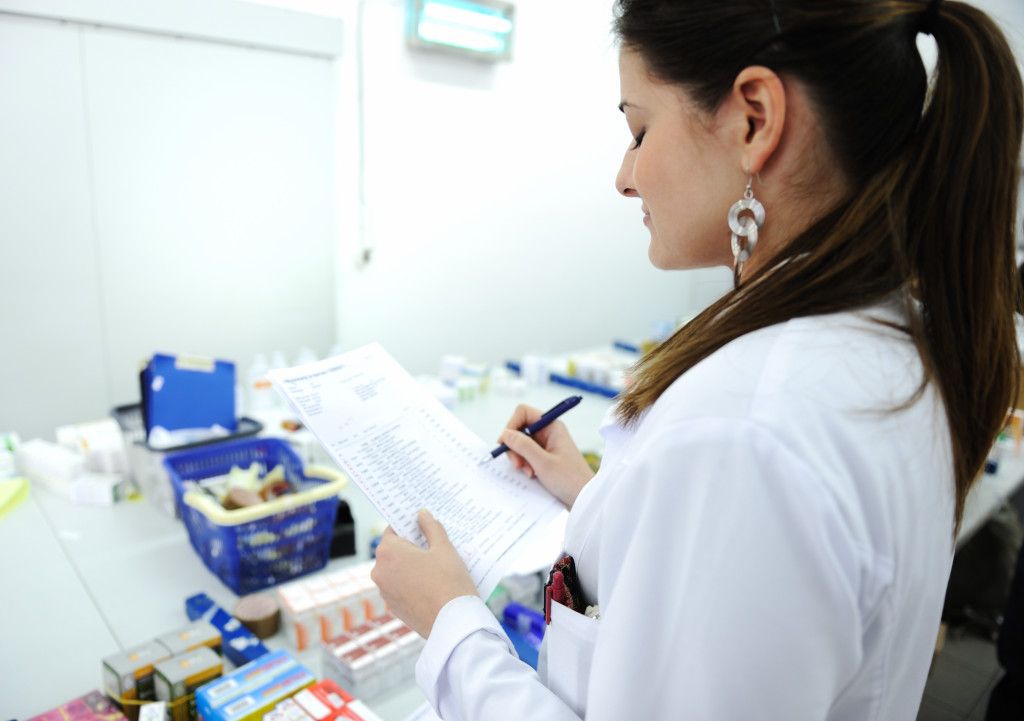- Efficient resource utilization in hospitals can be achieved by conducting a needs assessment, allowing for targeted resource allocation.
- Inventory management, especially of items like skin adhesives and protective gear, is critical for hospital operations.
- Leveraging technology, including hospital management software and telemedicine tools, can streamline processes and improve resource allocation.
- Investing in staff training and development, fostering collaboration, and providing development opportunities are key to improving hospital management.
As a leader in the medical field, you are no stranger to the challenges of managing a hospital. High operational costs, limited resources, and a constantly evolving healthcare landscape can make it difficult to stay ahead of the game. However, efficient resource utilization is key to not only improving hospital management but also delivering quality patient care. This blog post will discuss some practical strategies that can help you improve resource utilization in your hospital.
Conducting a Needs Assessment:
The first step towards efficient resource utilization is to identify the areas of your hospital that require the most attention. Conducting a needs assessment can help you identify areas of weakness and areas of opportunity.
For instance, you may find that certain departments are overstaffed while others are understaffed or that there are equipment or medication shortages in certain areas. By having a clear picture of your hospital’s needs, you can allocate resources more effectively and make better decisions about resource allocation.
Furthermore, it is important to assess the needs of your patients as well. Knowing what services they require and how often can help you better allocate resources and ensure that all patients are receiving quality care.

Prioritizing Inventory Management:
Inventory management is another critical aspect of resource utilization. By managing inventory more effectively, you can ensure that your hospital has access to the supplies and equipment it needs when it needs them. Here are some regularly used items you should focus on:
Skin Adhesives:
Skin adhesives play a crucial role in wound management and surgical procedures. Using high-quality adhesive for the skin can result in less scarring, lower infection rates, and faster recovery times for patients. It is vital to have an efficient inventory system for these adhesives to ensure they are readily available when needed and stored correctly to maintain their efficacy.
Gloves & Masks:
Gloves and masks serve as fundamental protective gear in healthcare settings. They safeguard both healthcare workers and patients from potential infections. Efficient inventory management of gloves and masks is essential, especially in times of global health crises when demand may surge unexpectedly. It’s prudent to have a buffer stock of these items to avoid any unforeseen shortages.
Syringes and Needles:
Syringes and needles are among the most commonly used items in any medical facility. They are essential for various procedures, from administering medication to drawing blood samples. Mismanagement of these items can lead to potential health hazards, such as needle-stick injuries or cross-contamination. Therefore, an effective inventory management system is crucial to track the usage and disposal of these items efficiently.
Utilizing Technology:
One of the most effective ways to improve resource utilization is by leveraging the power of technology. Implementing advanced hospital management software and utilizing other cutting-edge tools can significantly enhance the efficiency and effectiveness of various processes involved in hospital management.
For instance, these innovative solutions can automate crucial tasks such as inventory management, staff scheduling, and patient record keeping, streamlining operations and freeing up valuable time for healthcare professionals. By embracing these technological advancements, hospitals can not only save time and money but also ensure better accuracy and precision in their day-to-day operations.
Moreover, the integration of telemedicine tools can further optimize resource allocation by enabling doctors to provide virtual care to patients who may not necessarily require in-person visits. This not only expands access to healthcare services but also maximizes the utilization of hospital resources.

Investing in Staff Training and Development:
Finally, investing in staff training and development can have a significant impact on hospital management and resource utilization. By providing ongoing training and development opportunities, you can ensure that your staff is equipped with the skills and knowledge they need to perform their jobs effectively. This not only improves patient outcomes but also increases staff engagement and retention. Here are some tips:
Encouraging Collaboration:
Collaboration between departments and staff is essential for effective resource utilization. By encouraging cross-functional teams and open communication channels, you can ensure that everyone is working towards a common goal. For instance, nurses and doctors can work together to streamline patient care and reduce wait times. Similarly, pharmacy and laboratory staff can work together to optimize medication use and reduce medication errors.
Provide Development Opportunities:
Workplace development opportunities are key to retaining and growing a highly skilled staff, which directly impacts efficient resource utilization. Implement structured development programs like mentoring schemes, job rotations, or shadowing experiences to provide staff with a broader understanding of hospital operations.
It allows employees to view challenges from different perspectives, promote innovation, and create better solutions for resource management. Additionally, opportunities for attending seminars, workshops, and conferences should be provided to keep staff up-to-date with the latest trends and advancements in healthcare.
Invest in Teaching Programs:
Teaching programs are a strategic investment that contributes significantly to hospital management and resource utilization. Consider implementing continuing medical education (CME) programs or providing resources to pursue advanced degrees and certifications.
Furthermore, in-house training sessions can be beneficial to ensure all staff is well-versed in using sophisticated medical equipment or software and adhering to hospital guidelines. The knowledge gained from these teaching programs allows staff to execute their duties more effectively, enabling better patient outcomes and efficient use of resources.
Improving hospital management through efficient resource utilization is essential for healthcare organizations to remain competitive in today’s fast-paced and ever-evolving healthcare landscape. By conducting a needs assessment, utilizing technology, implementing lean management principles, encouraging collaboration, and investing in staff training and development, you can optimize your hospital’s resources and ensure quality patient care. These strategies require a commitment to continuous improvement, but the payoff can be significant in terms of improved financial performance, patient satisfaction, and staff retention.

